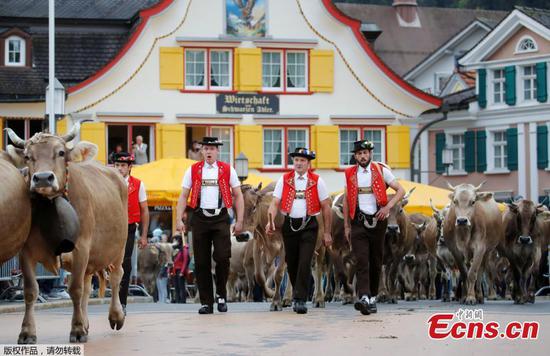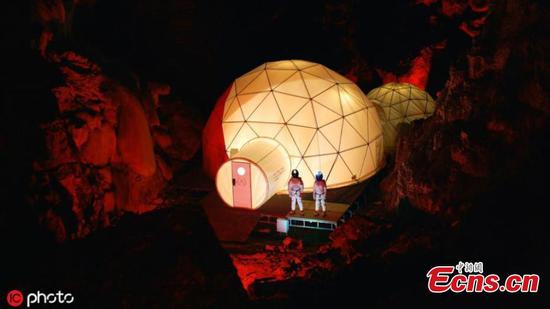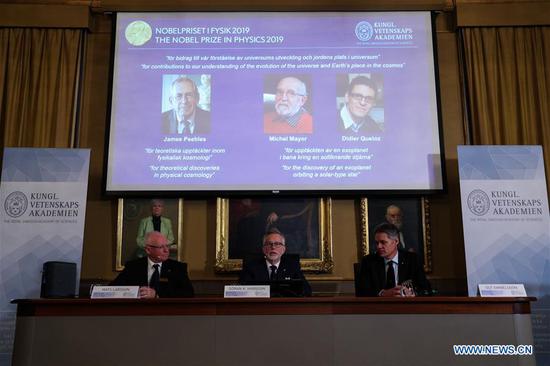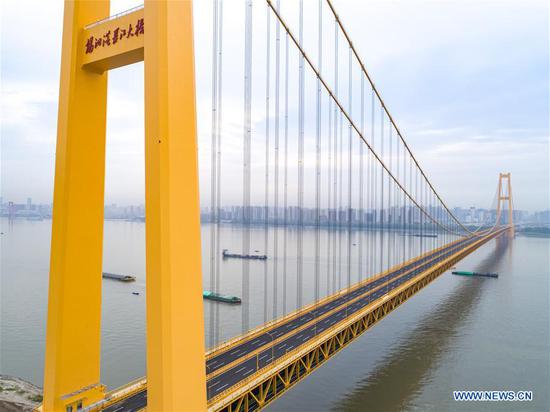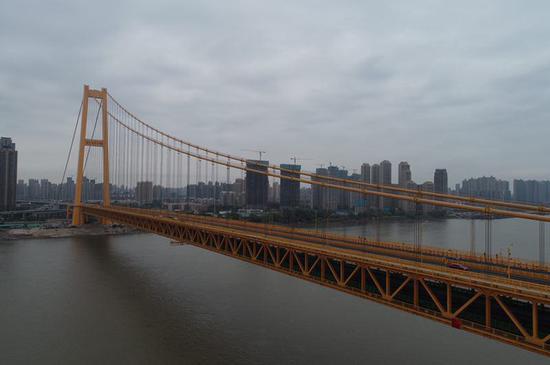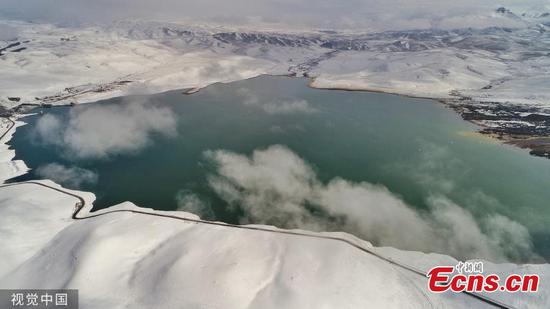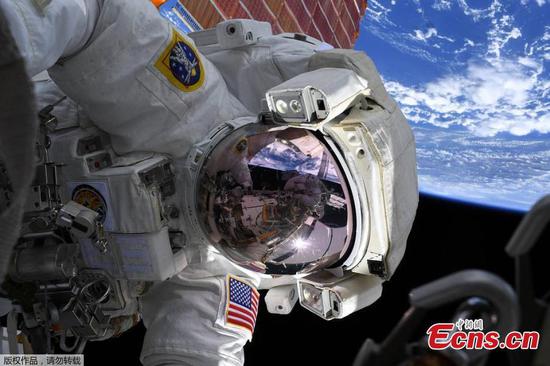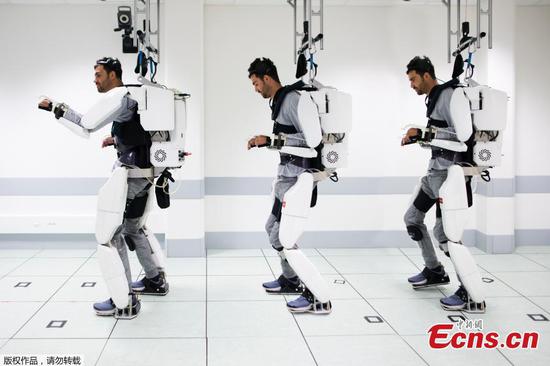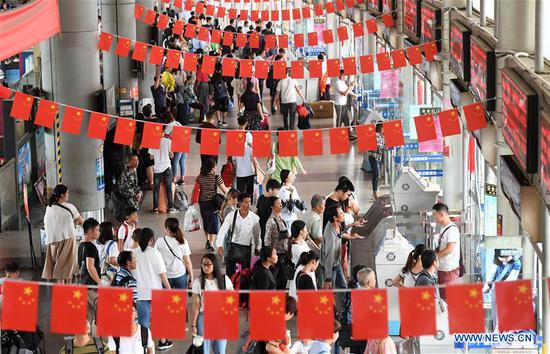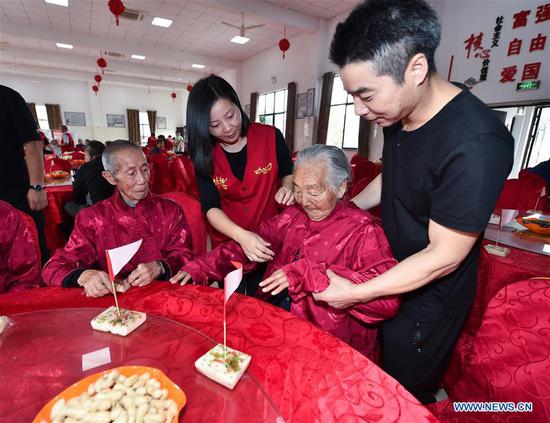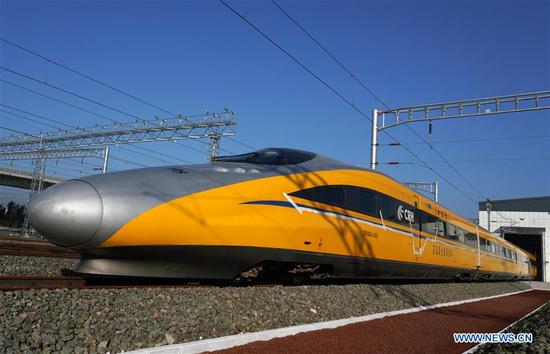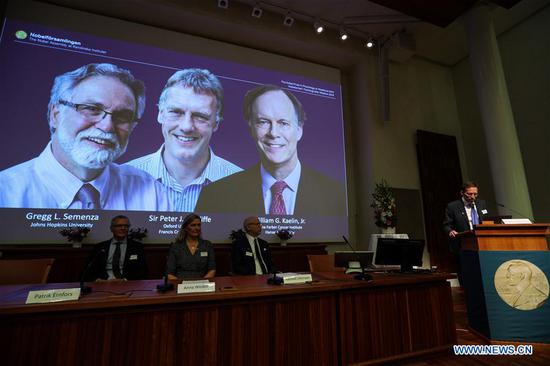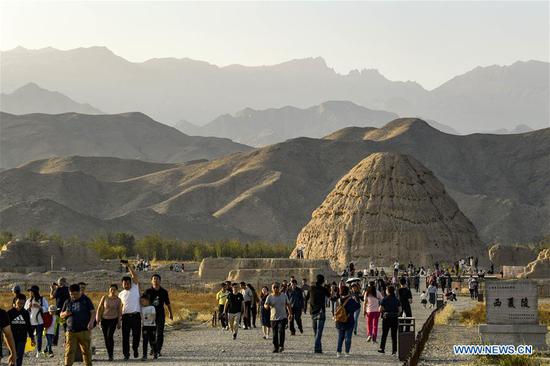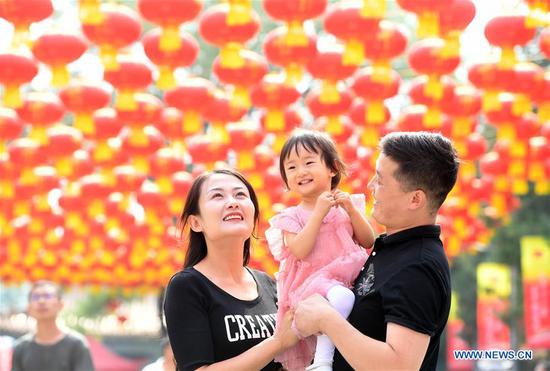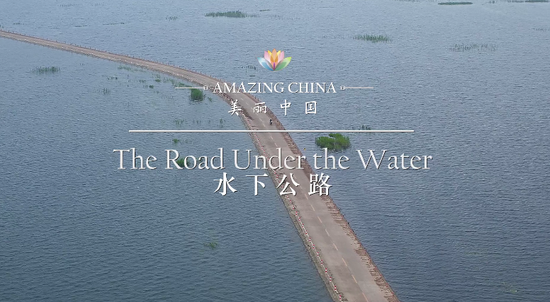In his debut book, The Transpacific Experiment: How China and California Compete for Our Future, Matt Sheehan sets out a number of pressing questions for the future of US-China relations.
Are Americans ready to engage with China on an equal footing? Is it possible for Silicon Valley tech companies to work with their Chinese counterparts without compromising their values? How should America engage with the businesses, students, and government of “one of the world’s most sophisticated authoritarian regimes”?
Unfortunately, Sheehan largely refuses to answer these conundrums. Most of the book, instead, illustrates the “fluid ecosystem” of students, entrepreneurs, investors, immigrants, and ideas that have historically bounced back and forth between China and Sheehan’s home state of California, told through the generally engaging stories of individual actors who make up this “transpacific experiment.”
Readers are introduced to Tim Lin, a Chinese graduate of a Californian university and founder of College Daily, a popular WeChat account for Chinese studying abroad. We also meet Li Zhifei, who graduated from university in the US and spent time working at Google before setting up his own successful tech company in Beijing; and Alex Chen, a Chinese immigrant who was prominent in the “Chinese Americans for Trump” campaigns in 2016.
Through these and other individuals, Sheehan suggests the dynamics of engagement between California and China are shifting as Chinese become richer and more confident. Both sides have become more pragmatic and, more recently, guarded.
Sheehan writes with an engaging and concise style. Although none many of the themes in the book’s seven substantive chapters have been written on before, the human subjects are entertaining in their own right, such as when Lin wakes from his first night at an American college and sees a naked woman lying across his roommate’s bed, and suddenly feels he understands the American Dream: “Oh, so this is what it really is…”
When Sheehan himself makes a trip to Hengdian, the backwater Zhejiang city that has become China’s most prominent film and TV set, he describes the strange delights of third and fourth-tier Chinese cities: “a grown man wearing a black-and-white checkered cape dancing in the middle of a five-way intersection,” and “dentists smoking while working on patients, or twelve-year-olds driving cargo trucks.”
The book is strongest when Sheehan spends more time with individual characters and their stories. One of the most enjoyable chapters introduces Rex Parris, the Republican mayor of a struggling Californian city who enthusiastically courts a Chinese electric vehicle company to build a factory in the town: “The day of America ruling the world is over…we’re the ones who need the jobs,” Parris announces. The rest of the story touches on many topical themes, including the pitfalls of Chinese companies operating in the US business environment, as recently addressed by the Netflix documentary American Factory.
Identity politics and nativism also feature as Parris’ political opponents suggest that the mayor wants to allow the Red Army into the city, serving a reminder that America’s business world can be as murky as China’s, particularly when the government is involved.
Sheehan takes pains to provide both sides of the story. He discusses how increased Chinese enrollment has created tensions on American college campuses, but also suggests that international tuition dollars subsidize local students’ education amid funding cuts from the government. He talks about how the notoriously pro-immigration natives in his hometown, Palo Alto, are reconsidering now that the newest Chinese immigrants are not the impoverished “huddled masses” but minted nouveau riche seen as inflating housing prices.
Sheehan shows a knack for identifying the big problems and is occasionally adept at digging into the finer details, but the lack of any prescriptions, or even general principles on how to encourage more of the positive engagement he describes, is an oversight.He also won’t be drawn into speculating on a way forward, or even whether the previous patterns of China-California engagement are to be celebrated and built upon, or criticized and abandoned.
The lack of stronger conclusions is a shame, as Sheehan’s focus on the “human side” of the transpacific story suggests that he cares deeply about the connections between his home state and the many Chinese people who have come to plant roots, get an education, or make money there. It also seems to be a missed opportunity, given the current frosty political climate and increasingly nativist discourses on from both sides of the Pacific. “Should you opt for messy engagement or take the moral high ground?” Sheehan asks at one point in the book. Sadly, he never seems to get past the first option.
Full disclosure: Matt Sheehan was a previous contributor to TWOC.
Nominate a book for us to review! TWOC is seeking submissions from readers and publishers to its “Best Books on China” lists, part of the “China Bookshelf” project on bringing the best Chinese and China-relevant publishing overseas.
Article by Sam Davies










